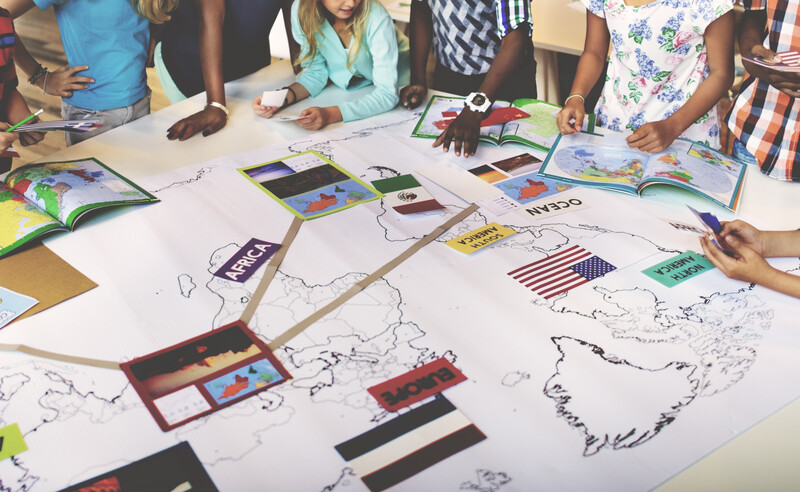Which of your classroom practices would you label as “brain based?” All of them? None of them?
With the advent of neuroimaging techniques, we can see inside of the living brain and better understand the learning process. This offers new insights for educators to take into consideration when designing their instruction. Even though the controlled context of a neuroscience lab is very different from the constant activity of the classroom, we can bridge connections from the brain research to our practice. Here are three essential facts to know in order to deepen the intention of your teaching and lesson design so it is “brain based.”
First, the brain is incredibly flexible.
It can change. This is known as plasticity. The often repeated idea that we only use 10 percent of our brain or that we are born with a set intelligence have been debunked. At every moment, based on what we are doing and how we are interacting with the environment, our brains change. In other words, we are always learning.
Structural changes are continuously taking place in the brain. Neurons, the specialized cells of the brain and nervous system, branch and synapse with other surrounding neurons to build tens of thousands of connections. Myelin coats the axon of the neurons, increasing the rate of signal transmission. The adage “use it or lose it” has been supported by brain research. Unless you strengthen and increase the efficiency of neural pathways with use, they wither away and are pruned. Even adults gain new neurons throughout life through a process called neurogenesis.
This brain plasticity is empowering for both educators and students to know about: our brains can change based on how we interact with the environment. In our classrooms, we have the opportunity to design learning environments that scaffold the development of neural networks.
So how exactly can we do that? Recognize that learning takes time and that every student starts at a different place. Provide options for practice as well as for advanced application. Have students actively apply concepts, let them experiment (and fail). Share with students that hard work and effort will build their brains. Offer feedback so students know where they are within the specific learning task and what they need to do next. Provide plenty of opportunity for revision. Think of revision as a brain building process.
Second, neuroscience shows remarkable variability in our brains.
Even identical twins have very different brains. There is no “average” brain or set pathway for perceiving or doing a task. Brain science shows that there are not isolated learning styles or right/left brain thinkers. Instead, science reveals that the brain consists of incredibly interconnected, complex networks that grow and change based on our interactions with the environment. We use all parts of our brains: even the smallest pin prick of brain damage has repercussions. The most simple tasks, such as listening to a single word, activate multiple brain networks. Our brains are very active, constantly making predictions and appraising how you are faring in the current situation.
The challenge for educators is to design our instruction for this variability. Differentiated instruction, personalized learning, and Universal Design for Learning are frameworks that support educators to design lessons to meet the needs of every student. We can offer flexible pathways for students to choose in pursuit of the learning objective. We can leverage the power of digital technology to provide flexibility in our instructional materials. A “one size fits all” lesson where students are doing the same thing at the same time does not support the known variability of our brains.
Rethink the time constraints we give students to complete tasks: sometimes it is necessary to have rigidly timed assignments, but other times the tight deadline may be a barrier for the learning.
Finally, neuroscience shows that emotions are essential for learning.
We see vast emotion networks interconnect with strategic networks for decision-making and recognition networks for perception. Emotions stimulate our physiology, driving our system to action. When students are engaged in what they are doing, they are more likely to pay attention, remember information, and put forth effort and persistence with a task. When we contextualize information, it situates it in a relevant and meaningful way that helps build comprehension. Make the content relevant and ask of your lesson: why should students care? How does it relate to their community?
While neuroscience does not necessarily offer a “magic box” of new techniques, it does offer a deeper understanding of why our teaching practices work (or do not work). We need to continue to bridge the connections between neuroscience and education so we support our students in their learning journeys to best understand how and why learning takes place.








